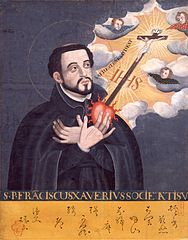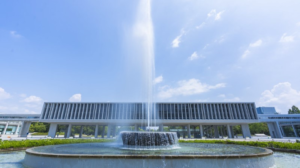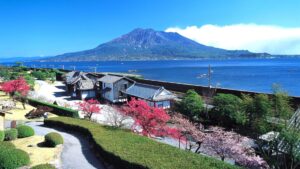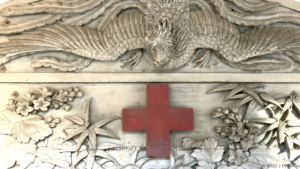Nagasaki Port, the Blooming Nanban Trade and Christianity
The Namban Screen, created by Kano Naizen, a renowned painter of the Kano School, is regarded as one of the most exceptional screen paintings on gold foil paper. This masterpiece has an impressive width of approximately 3.5 meters and comprises a pair of six-panel folding screens. The term Nanban refers specifically to the southern regions […]
Hiroshima Peace Memorial Museum: A Global Desire for Peace
The Nobel Peace Prize for 2024 to the Japanese organization Nihon Hidankyo. In response to the atomic bomb attacks of August 1945, a global movement arose whose members have worked tirelessly to raise awareness about the catastrophic humanitarian consequences of using nuclear weapons. Gradually, a powerful international norm developed, stigmatizing the use of nuclear weapons […]
Shoko Shuseikan, The Wise Lord Shimazu Nariakira Seeded a Modern Nation
Shoko Shuseikan Museum, registered as one of "Japan’s Meiji Industrial Revolution, encompassing Iron and Steel, Shipbuilding, and Coal Mining," is a group of factories established in 1851 by Shimazu Nariakira (1809-1858, 島津斉彬), the 28th head of the Shimazu clan and the lord of Satsuma domain. With the threat of Western powers expanding into Asia becoming […]
Museum Meiji-Mura: Japan Red Cross Society Central Hospital, A Symbol of Relief Work in Peacetime
One of the wards of the Japanese Red Cross Central Hospital, delicately adorned with its exquisite exterior and state-of-the-art facilities, has been relocated to the Museum Meiji-Mura. Sunlight streams in through the glass wall of the corridor, and the long, straight, boarded corridor maintains a sense of pristine cleanliness. This wooden architecture exudes the esteemed […]




